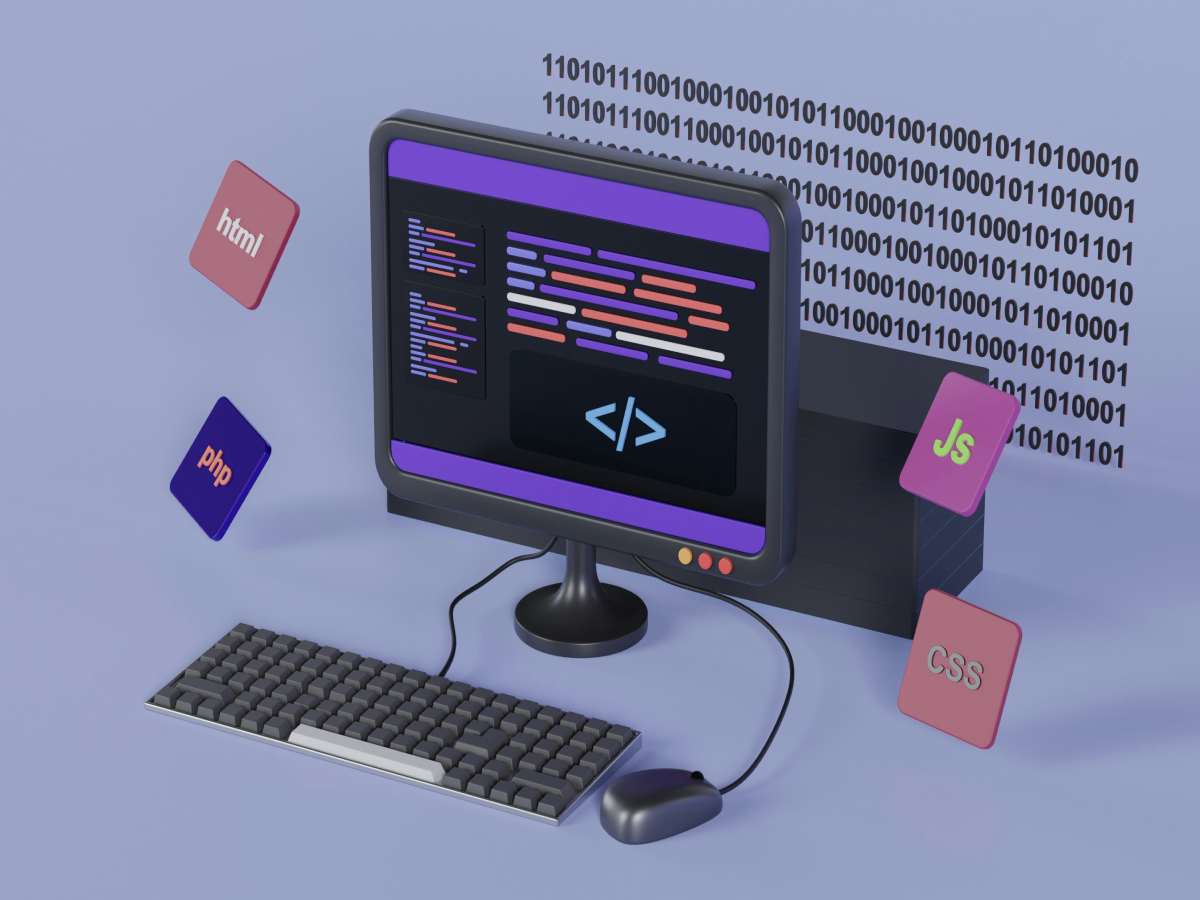From Pipeline to Placement: How ATS is Revolutionizing Modern Talent Acquisition

Table of Contents
Key Takeaways:
- Applicant Tracking Systems (ATS) streamline the recruitment process, enhancing efficiency and accuracy.
- ATS technology offers data-driven insights, aiding in informed hiring decisions.
- Integrating ATS with other HR tools can lead to a seamless recruitment experience.
- ATS’s adaptability to remote work trends ensures relevance in a changing job market.
The Rise of ATS in Talent Acquisition
Today’s dynamic and competitive business environment demands efficient and agile hiring processes. This is where applicant tracking software becomes a game-changer. By automating many time-consuming tasks associated with recruitment, ATS allows HR departments to focus on strategic decision-making rather than rote administrative work. For instance, consider how ATS can automatically filter out non-viable candidates through predefined criteria, ensuring that only the most qualified applicants proceed to the interview stage. This efficiency level is crucial when companies receive thousands of applications for a single position.
How ATS Humanizes the Hiring Journey
Despite initial concerns that technology might dehumanize the hiring process, ATS empowers recruiters to invest more in relationship-building with candidates. By offloading monotonous tasks, such as scheduling and preliminary screening, recruiters can dedicate more time to engaging with candidates personally. This approach improves the candidate experience and builds a positive image of the company that values meaningful human interaction. Applicant tracking software plays a key role in this shift, offering the structure and efficiency needed to manage high volumes of applicants while allowing for a personalized recruitment approach. A well-designed ATS supports this by being user-friendly for both recruiters and applicants, offering intuitive interfaces, and reducing the friction associated with job applications.
Key Features of a Robust ATS
- Seamless candidate tracking and management: An effective ATS should allow recruiters to track candidates’ progress through various stages of the hiring process, providing a clear overview and reducing potential errors.
- Automated resume parsing: This feature enables faster processing of applicant data, turning raw resumes into structured profiles that can be easily assessed and compared, thus accelerating the recruitment cycle.
- Comprehensive analytics and reporting capabilities: An ATS that offers detailed insights into recruitment metrics helps companies identify trends, measure recruitment efficiency, and plan strategically for future needs, thus aligning HR initiatives with overall business goals.
These features streamline operations and enhance HR departments’ ability to adapt to ever-changing market needs.
Integrating ATS with Existing HR Technologies
Integration is crucial for a truly optimized recruitment process. An integrated ATS becomes part of a broader workforce solution by synchronizing with existing HR tools, providing a seamless flow of data and processes from recruitment to onboarding. This connectivity ensures that data accuracy is maintained across systems, harmonizes HR functions, and the candidate experience is enriched.
Benefits of Integration
- Unified data management: Integrated systems eliminate redundant data entry and enhance the reliability of candidate and employee data, leading to better strategic planning and decision-making.
- Reduced redundancy and manual errors: By streamlining workflows, integration minimizes human errors and ensures that HR tasks are completed more efficiently, saving time and resources.
- Improved scalability: As companies expand, an integrated ATS can be scaled to meet increasing demands without compromising performance or usability.
Data-Driven Decision-Making in Recruitment
An ATS provides a goldmine of data that, when leveraged effectively, can significantly enhance recruitment decision-making. An ATS can reveal patterns and trends in candidate behavior and recruitment efficiency through its analytics capabilities, informing decisions about where to focus resources for the greatest impact. This allows companies to refine their evaluation criteria, focus on sourcing channels that yield the best results, and tailor their recruitment strategies to better align with their organizational goals.
Embracing Remote Work: ATS’s Role
The shift to remote work has necessitated reevaluating traditional recruitment practices, with companies now needing to account for remote dynamics in their hiring processes. A modern ATS supports remote hiring by providing tools for virtual interviews, digital onboarding, and seamless communication between recruiters and candidates. This flexibility ensures that organizations can attract talent from a global pool, breaking down geographical barriers and accessing a wider range of skills and expertise.
Challenges and Solutions in ATS Implementation
While implementing an ATS can offer significant advantages, it also comes with its own set of challenges. Chief among these are concerns about data privacy and customization. Organizations must navigate these challenges by selecting vendors that prioritize security and flexibility. Additionally, thorough training for end-users can mitigate potential disruptions, ensuring that the transition to an ATS is as smooth as possible. It’s essential to approach implementation with a clear strategy, focusing on aligning the ATS functions with company goals and compliance standards.
The Future of Talent Acquisition with ATS
As technology continues to evolve, so will the capabilities of ATS systems. Future developments could see AI being leveraged to predict candidate success, more intuitive user interfaces, and enhanced collaborative tools for remote hiring teams. Companies that embrace these innovations will be well-positioned to navigate the complexities of modern recruitment landscapes. By continually adapting to technological advancements, organizations can enhance their talent acquisition strategies and maintain a competitive edge in securing top talent.
